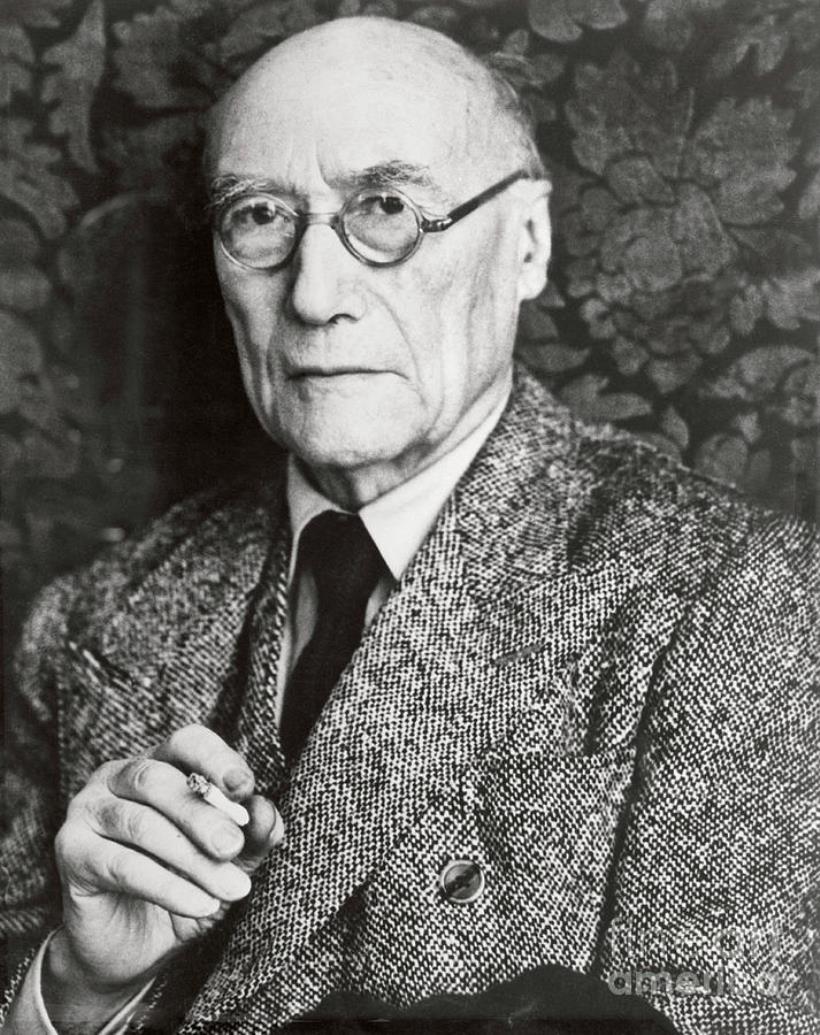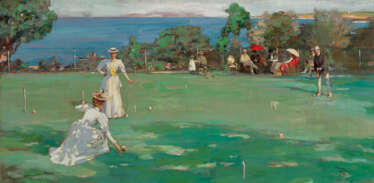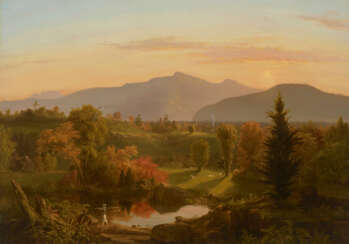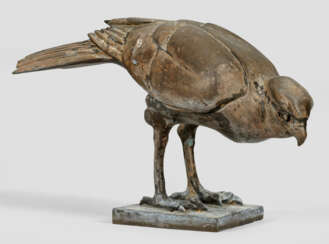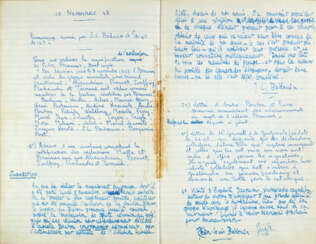martin parr
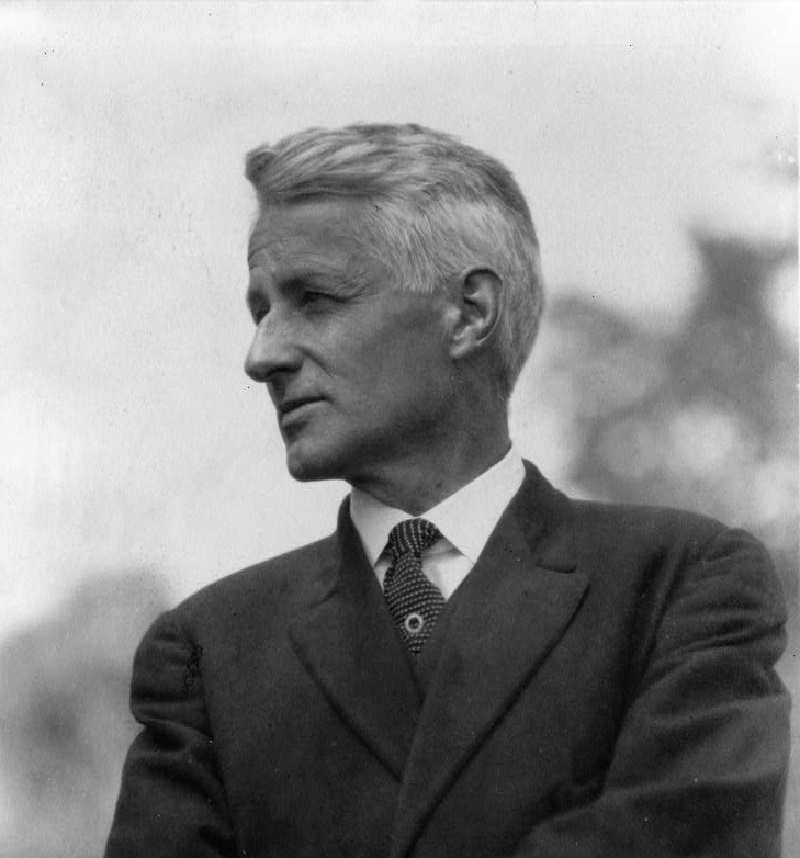
Maxfield Parrish was an American painter and illustrator active in the first half of the 20th century. He is known for his distinctive saturated hues and idealized neo-classical imagery. His career spanned fifty years and was wildly successful: the National Museum of American Illustration deemed his painting Daybreak (1922) to be the most successful art print of the 20th century.


Man Ray, born Emmanuel Radnitzky, was an American visual artist who played a significant role in the Dada and Surrealist movements. His pioneering efforts in photography, alongside his work in painting and sculpture, have cemented his place as a major figure in modern art. Known for his innovative techniques and the ability to convey complex ideas through simple, striking visuals, Man Ray's contribution to the art world is profound.
Throughout his career, Man Ray was celebrated for his avant-garde approach and his ability to transcend traditional boundaries between different artistic mediums. His photography, characterized by experimental techniques such as solarization and rayographs (cameraless photographs), challenged conventional perceptions of photography as merely a means of representation. These artistic innovations made him a central figure in both Parisian and American art circles.
Man Ray's works are housed in some of the world's most prestigious museums and galleries, including the Museum of Modern Art in New York and the Centre Pompidou in Paris. His pieces, such as "Le Violon d'Ingres" and "Noire et Blanche," are iconic images that continue to influence artists today. His ability to blend the abstract with the realistic, and the humorous with the serious, has left a lasting legacy in the world of art.
For collectors and experts in art and antiques, the work of Man Ray offers a glimpse into the revolutionary changes that shaped the visual arts in the 20th century. His unique perspective and pioneering techniques continue to inspire and challenge those interested in the boundaries of creativity and expression.
If you're passionate about the avant-garde, or simply wish to explore the fascinating world of Man Ray further, sign up for our updates. You'll receive alerts on new product sales and auction events related to Man Ray, ensuring you never miss an opportunity to engage with the legacy of this extraordinary artist.
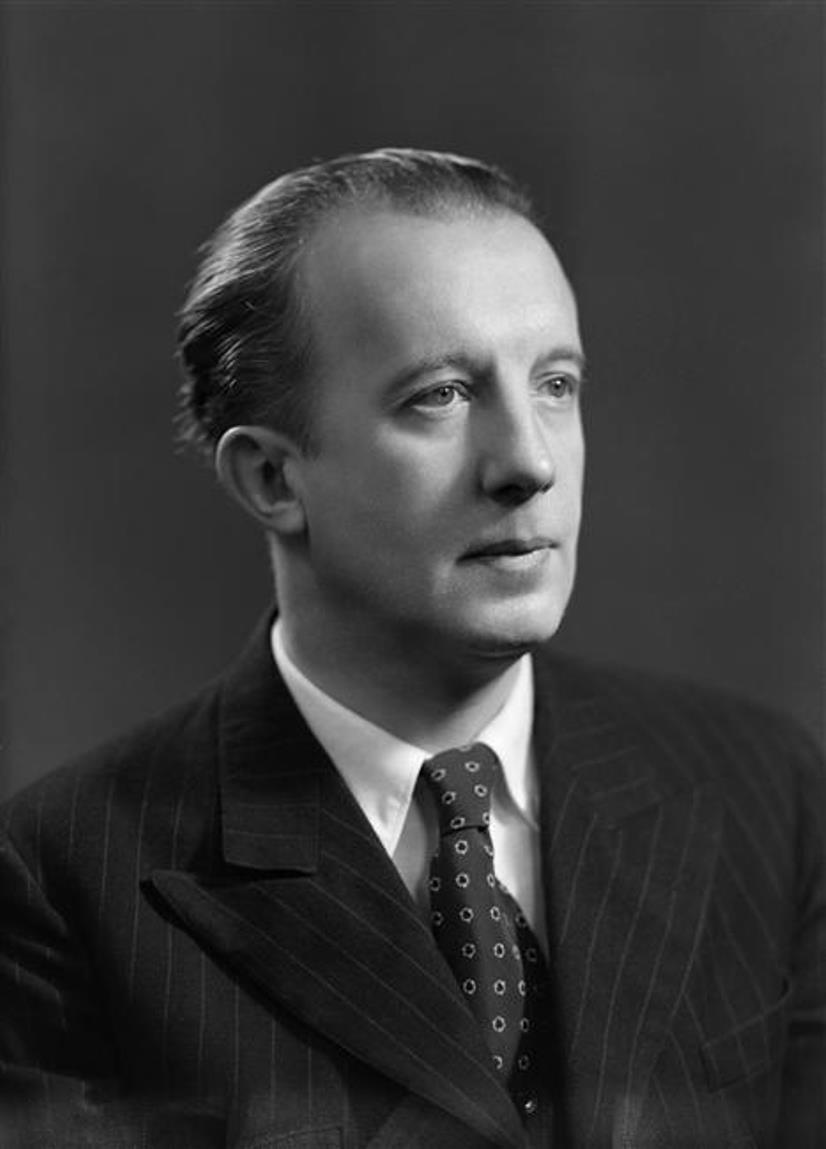

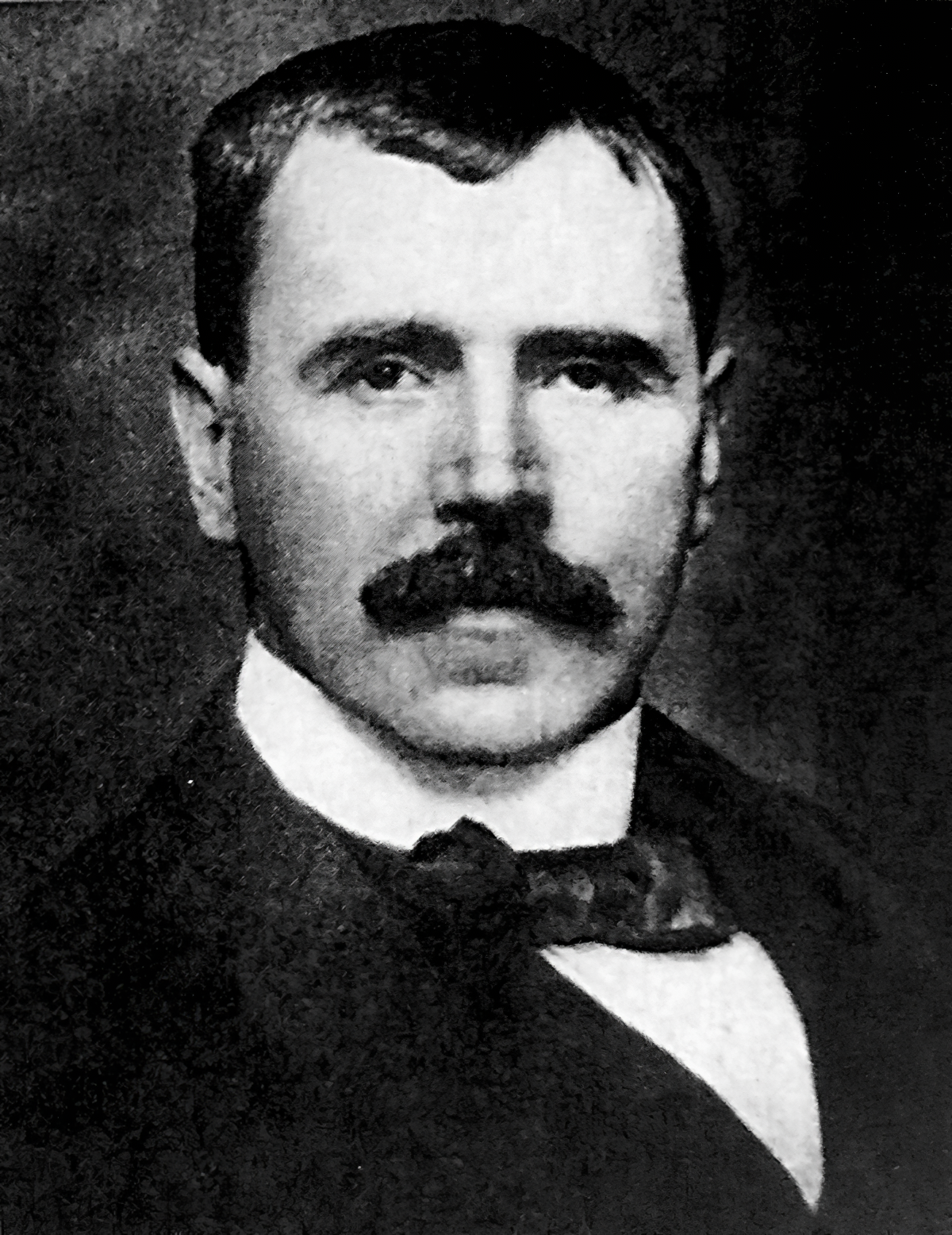
John Lavery was an Irish artist, renowned for his portraits and wartime depictions, hailing from the influential Glasgow School. Born on March 20, 1856, Lavery's artistry was a blend of the Ulster, Irish, and British Schools, celebrated for breathing life into sketches and creating atmospheric depth with each brushstroke.
His technique, leaving each touch of the brush visible, added a vibrant quality to his works, making him a standout artist of his time. Lavery's education and practice in Glasgow, London, and Paris at the Académie Julian honed his skill, leading to a mastery of landscapes and everyday scenes that carried the subtle influence of French painters.
Lavery's legacy endures in galleries and collections, where his magic touch with landscapes and portraiture continues to inspire awe. Collectors and aficionados of fine art regard Lavery's works as a significant part of Irish and Scottish art heritage. His pieces are not only visually stunning but also historically important, encapsulating the spirit of an era that bridged traditional and modern art forms.
For those who appreciate the allure of landscapes and the intimacy of portraiture, John Lavery's works are a must-have. Signing up for updates from galleries and auctions that feature his work is essential for any serious collector or expert in art and antiques, ensuring you don't miss the opportunity to own a piece by this master of the canvas.
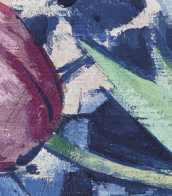
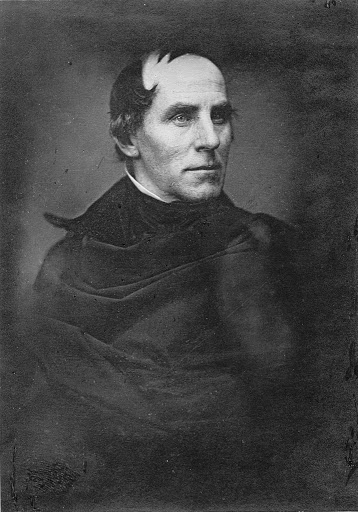
Thomas Cole, an English-born American artist, stands as a foundational figure in the Hudson River School, a movement that significantly shaped the course of American landscape painting. Born in Bolton-le-Moors, Lancashire, England, in 1801, Cole moved to the United States in 1818, where he embarked on a journey that would see him become one of the most influential artists of his time.
Thomas Cole's artistry is renowned for its romantic portrayal of the American wilderness, imbuing his landscapes with a spiritual and almost sublime quality that reflects his deep appreciation for nature. His works, such as "The Course of Empire" series and "The Voyage of Life," not only depict the beauty of the American landscape but also convey profound messages about humanity's relationship with the natural world. These series, showcasing the rise and fall of civilizations and the stages of human life against the backdrop of the natural world, highlight his philosophical and environmental concerns.
His technique of sketching directly from nature before creating detailed, idealized compositions became a hallmark of his style and influenced future generations of artists, including Frederic Edwin Church and Asher B. Durand. Thomas Cole's legacy extends beyond his paintings, as he played a pivotal role in the development of an art movement that celebrated the unique character of the American landscape, which was seen as a reflection of the nation's identity.
Thomas Cole's works are preserved in prestigious institutions like the New-York Historical Society, the Museum of Fine Arts in Boston, and the Metropolitan Museum of Art, serving as enduring testaments to his artistic genius and his profound connection to the American landscape.
For collectors and art enthusiasts, understanding Thomas Cole's influence and the themes he explored offers invaluable insights into the evolution of American landscape painting. If you're interested in staying updated on exhibitions, sales, and events related to Thomas Cole's works, consider signing up for updates to deepen your appreciation and knowledge of this iconic artist's contributions to American art and culture.
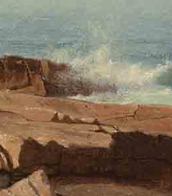

André Breton was a French writer, poet, and anti-fascist, renowned as the principal founder and leading theorist of Surrealism, an influential movement that sought to release the creative potential of the unconscious mind. Born in Tinchebray, France, in 1896, Breton's work was deeply influenced by the theories of Sigmund Freud and was characterized by a fascination with dreams, the irrational, and the workings of the mind. As a cultural icon, his contributions extended beyond literature into the realms of art, sculpture, and painting, making him a pivotal figure in 20th-century artistic movements.
Breton's seminal work, the "Manifesto of Surrealism" (1924), outlined the principles of the movement, advocating for the expression of the subconscious and the importance of dreams as a source of artistic inspiration. His leadership and writings not only shaped Surrealism but also had a lasting impact on the broader culture of art, influencing countless artists, painters, and sculptors. Breton's ability to merge poetry with visual arts led to collaborations with prominent artists like Salvador Dalí, Max Ernst, and Joan Miró, further cementing his legacy as a central figure in modern art.
Notably, André Breton's works and personal collection, which included art pieces and surreal objects, have been displayed in museums and galleries worldwide, showcasing his eclectic taste and profound influence on the art world. His Paris apartment was a gathering place for artists and intellectuals, becoming a hub of Surrealist activity and thought. For collectors and experts in art and antiques, Breton's contributions represent a fascinating intersection of literary prowess and visual creativity, highlighting the enduring relevance of Surrealism.
For those interested in exploring the depths of Surrealism and André Breton's groundbreaking contributions, signing up for updates can provide exclusive access to new product sales and auction events related to this pivotal artist and thinker. This subscription is an invaluable resource for collectors and enthusiasts keen to deepen their understanding of Breton's influence and the broader cultural movements he shaped.

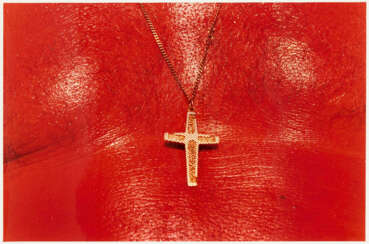

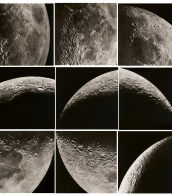



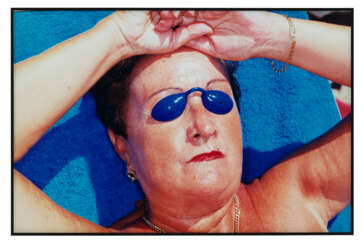





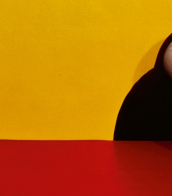


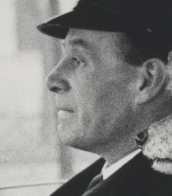


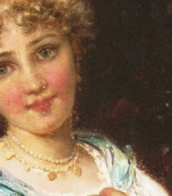
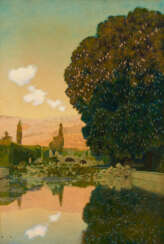




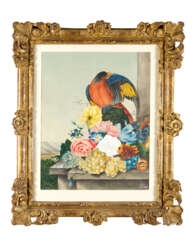

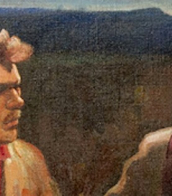
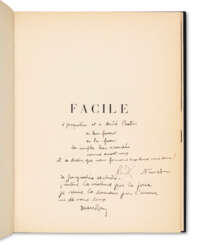

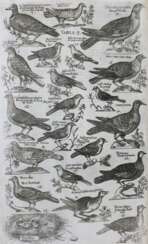


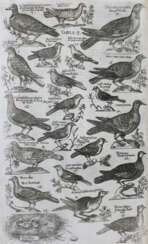

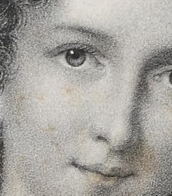
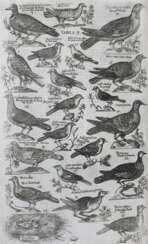


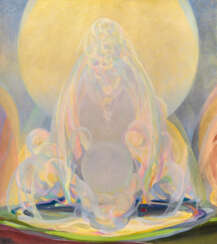

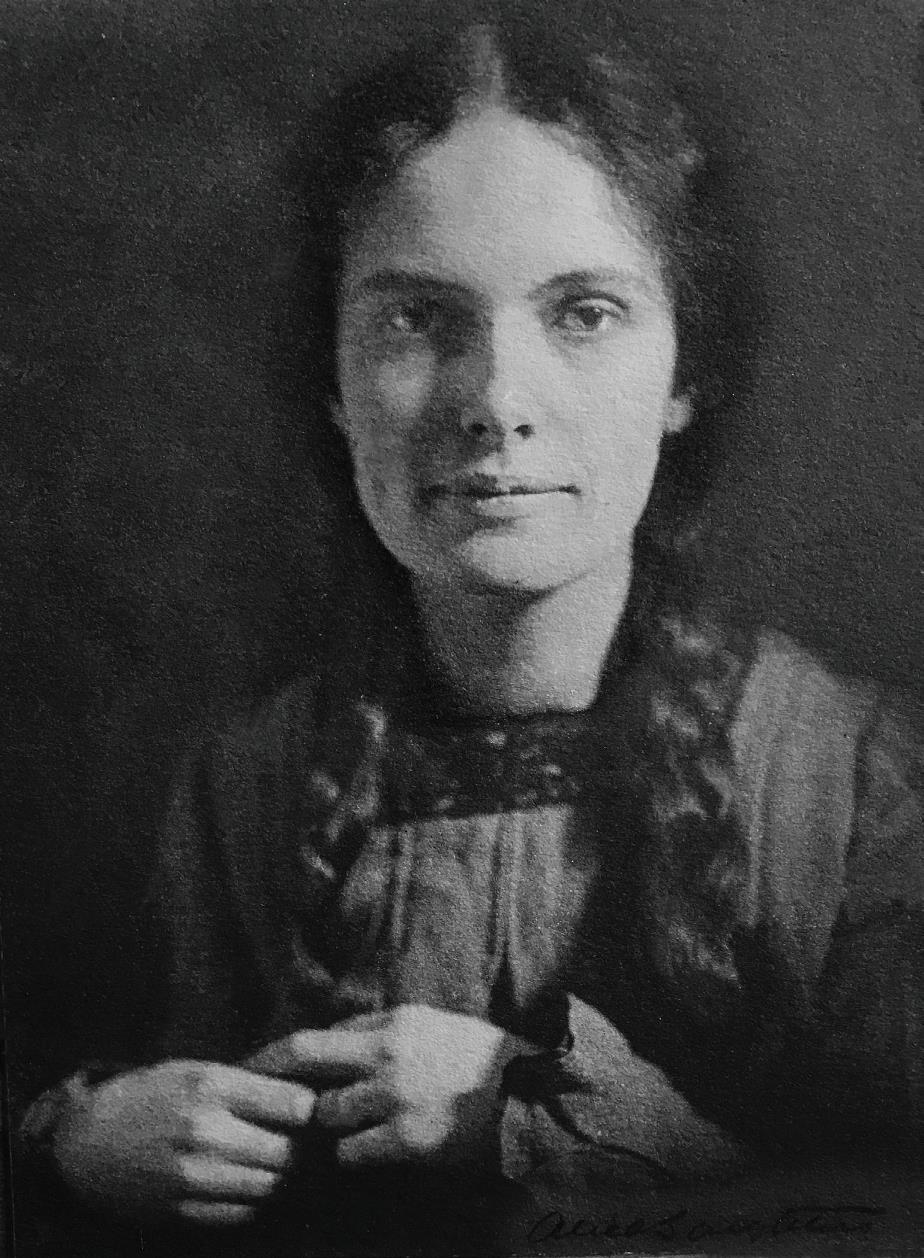

![[GIDE, André (1869-1951)]](/assets/image/picture_2932403/3627c/7366a36800b321ebd48f9f713ccf532c1687420800jpg__fix_374_244.jpeg)
![[GIDE, André (1869-1951)]](https://veryimportantlot.com/assets/image/picture_2932403/3627c/7366a36800b321ebd48f9f713ccf532c1687420800jpg__fix_374_244.jpeg)
